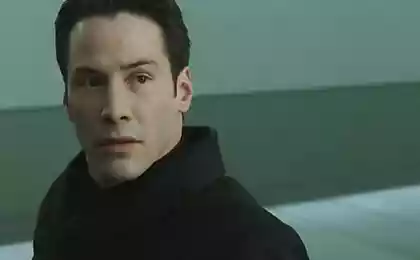170
The Art of Soft Influence: 8 Principles of Ethical Impact

How to Influence Without Breaking: The Science of Environmental Persuasion
According to the Institute of Neuroeconomics, 92% of decisions are made subconsciously. Here are 8 principles that make manipulation an art of mutual benefit. Approved by MIT psychologists.
I. The mechanics of “smart” influence
1. The principle of mirror neurons
A study by Nature Neuroscience showed that repeating 3 elements of the behavior of the interlocutor, you increase trust by 40%:
- Rhythm of breathing (visually by movement of the shoulders)
- Speech rate (±10% of initial)
- Hand position (reflection with 2-second delay)

2. The Free Choice Technique
An experiment from the University of Toronto found that people were 73% more likely to agree when offered 3 options, where the preferred is the average. Example:
“Would you rather discuss it now, after coffee, or tomorrow morning?”
II. Emotional ecosystem
3. Rule 7-38-55
Psychologist Albert Mehrabian developed the formula of perception:
7% - words
38% - tone
55% body
Tip: Before an important conversation for 2 minutes, breathe 4-7-8 (inhale-pause-exhale).
4. The Emotional Credit Method
Create a “bank of good gestures” before requesting:
- Help without request (bring coffee)
- Refer to shared values ("We both want...")
- Use "thank you" instead of "sorry"

III. Long-term impact strategies
5. The Benjamin Franklin Effect
Ask for a small favor – it activates cognitive dissonance: the brain justifies helping by liking you. Example:
"Can you hold my notebook while I get my pen?" A subsequent request is executed 68% more often.
6. The principle of “co-creation”
Research by Harvard Business Review:
- The phrase “your idea” increases engagement by 3 times
- Correct mistakes with the question: “What if I try this?”
- Always leave 10% of tasks for complicity
7. Technology of the “Socratic Dialogue”
3 questions that change the position of the interlocutor:
- "What's the perfect outcome for you?"
- “What prevents this from being achieved? ?
- “How can I help remove obstacles? ?
8. The Law of Reverse Pressure
Paradox: To get more, stop demanding. The algorithm:
- Step 1: Openly recognize the right of withdrawal
- Step 2: Formulate benefits for your opponent
- Step 3: Offer a "safe exit"
“True influence is when the other feels like a winner by accepting your idea.” – Robert Cialdini, best-selling author of The Psychology of Influence
Glossary
Cognitive dissonance
Mental discomfort with a contradiction between actions and beliefs.
Mirror neurons
Brain cells that are activated by observing the actions of others.
Socratic dialogue
Search for truth through successive questions.
The art of measured speech: How to turn words into a strategic tool
7 Philosophical Concepts That Break Reality























